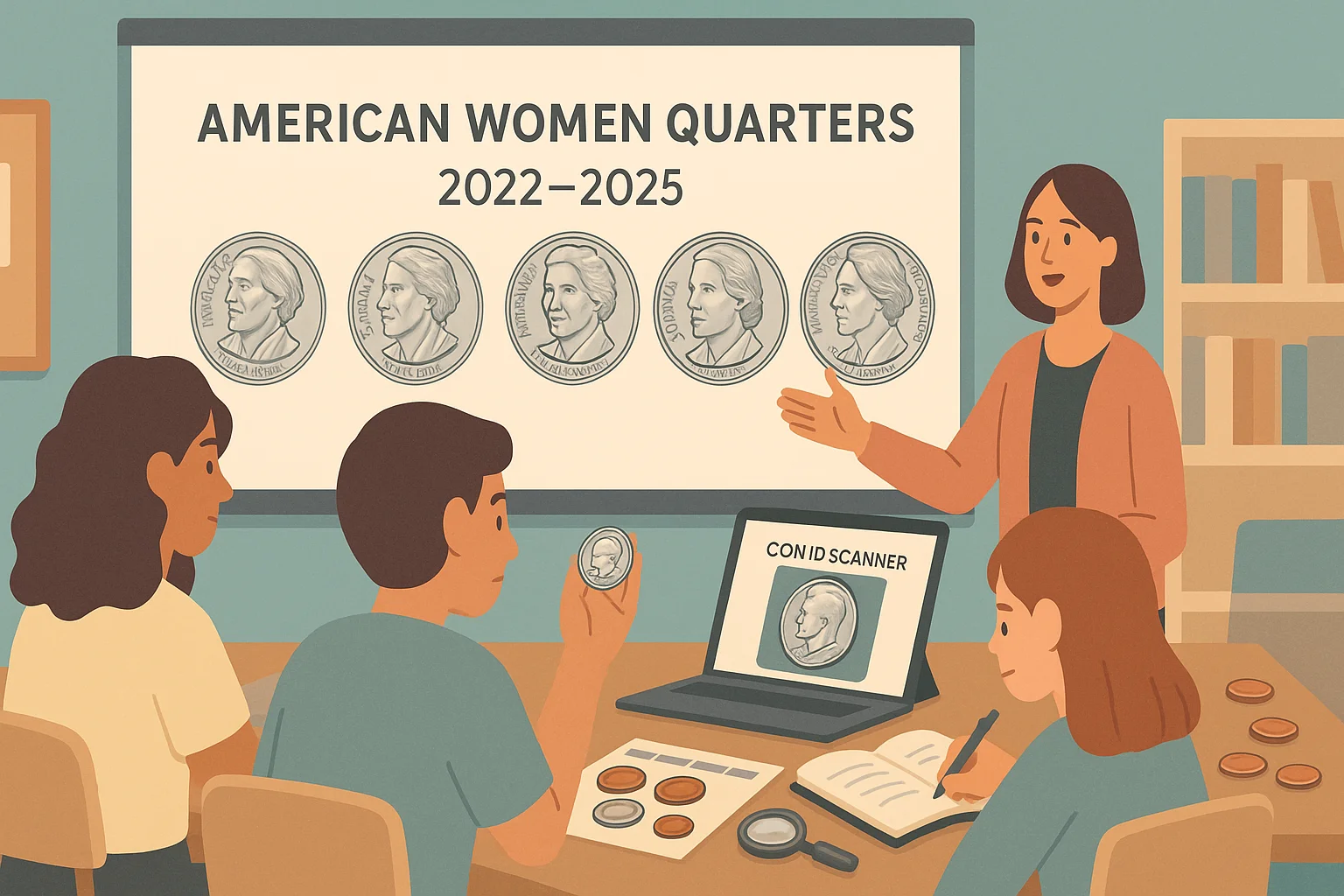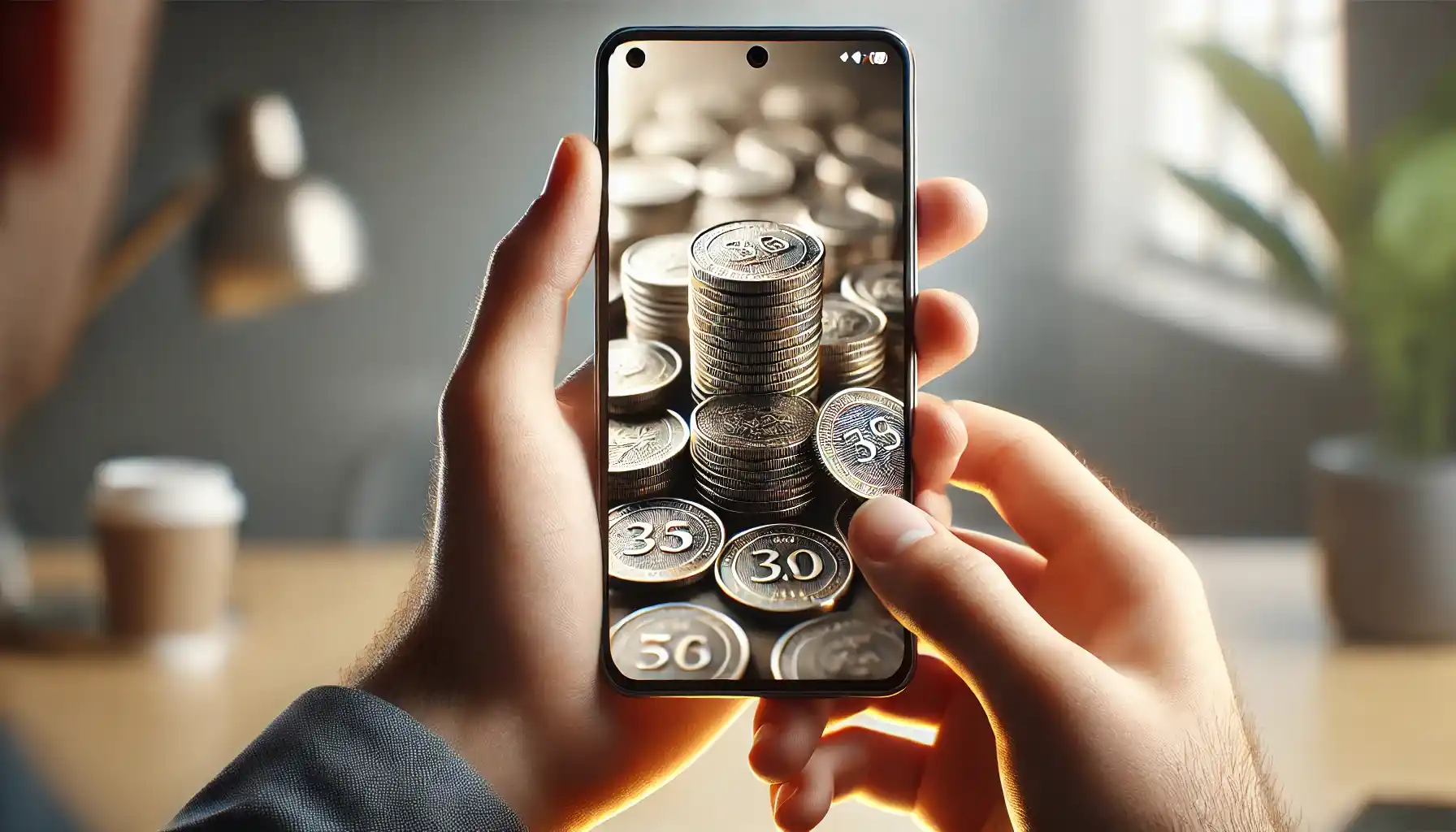Adoption of E-books in Numismatic Studies
From Paper to Pixels: A New Era for Numismatic Research
Step into the shoes of a passionate numismatist in today’s world—where the creak of old bindings is being replaced by the click of a tablet. The adoption of e-books within numismatic studies isn’t just a trend; it’s a quiet revolution. For decades, collectors and researchers flipped through hefty tomes, their fingers marked with dust. Now, imagine having the entirety of your catalog, from rare Roman denarii to elusive 16th-century tokens, resting conveniently in your pocket.
What’s driving this shift? Convenience plays a starring role. An e-book format lets you zoom into high-resolution coin images, search obscure terms instantly, and cross-reference minting dates faster than you can blink. It’s research on steroids. But there’s also an emotional pull—the ability to explore treasure troves of knowledge without geographic boundaries.
- Discover elusive out-of-print works digitized and preserved forever.
- Access rare auction catalogs the moment they’re published.
- Carry an entire numismatic library wherever you go—even onto the auction floor!
While some still yearn for the tactile pleasure of a printed page, the sheer practicality of digital resources is undeniable. The coins may be ancient, but the tools used to study them have vaulted into the future.
Benefits Provided by Digital Numismatic Resources
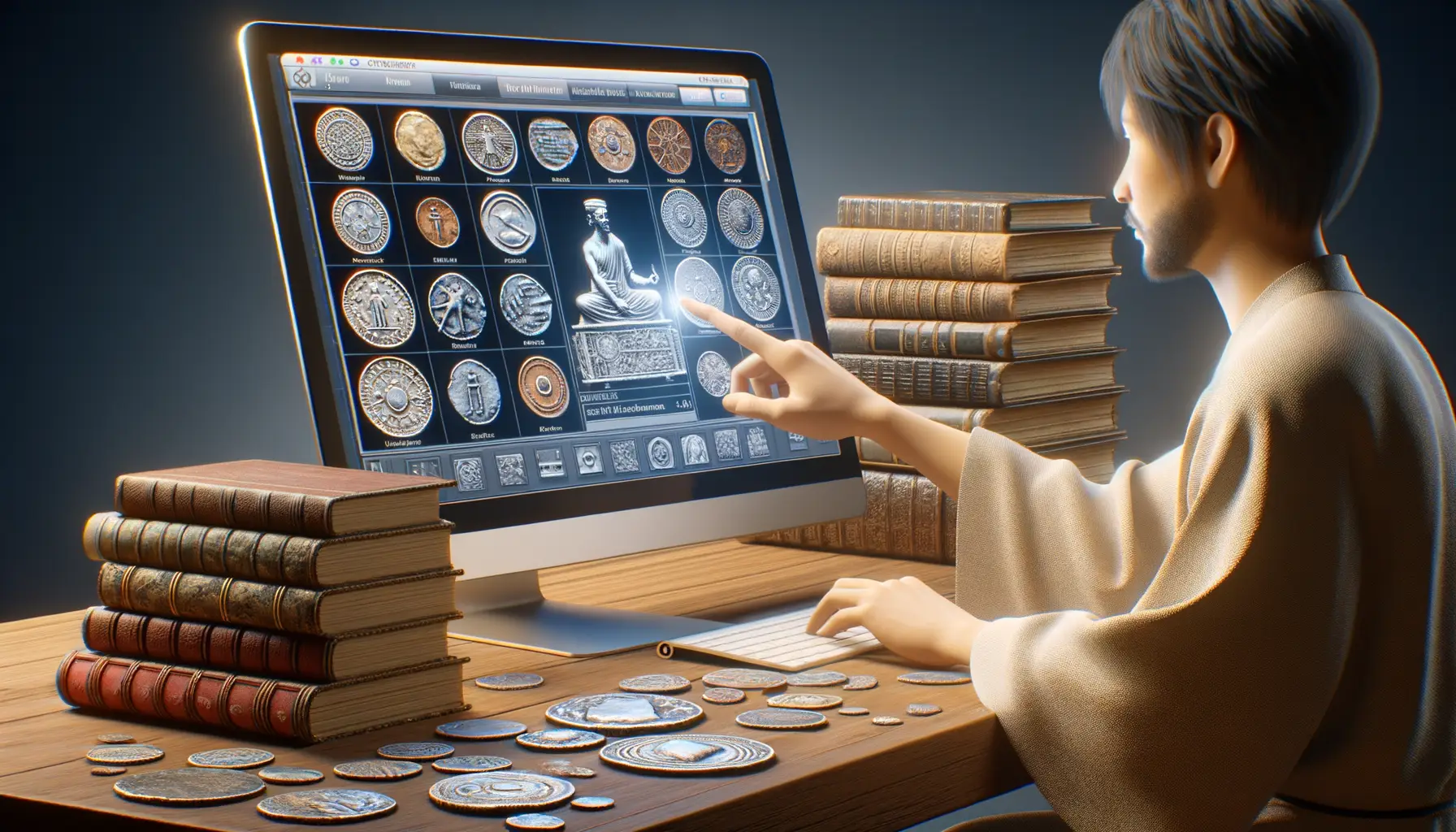
Why Digital Tools Are Revolutionizing Coin Collecting
Imagine having the world’s oldest and rarest coins at your fingertips, without ever touching a dusty library shelf. That’s the magic of digital numismatic resources! With e-books, databases, and interactive platforms, coin enthusiasts today have access to treasures that collectors a century ago could only dream about.
Here’s where it gets exciting: instead of thumbing through endless pages for one piece of information, digital tools allow you to search in seconds. Need details on a 1794 Flowing Hair Dollar? Type it in, and voilà! You’re directly linked to high-res images, descriptions, and expert commentary.
- Interactive features: Zoom into intricate coin designs or toggle augmented reality views to see every scratch and shimmer up close!
- Global community: Join collector forums, access auction archives, or connect instantly with numismatists from Tokyo to Toronto.
A Treasure Trove That Travels with You
With digital resources, your entire library fits in your pocket. Going to a coin show? Carry your tablet and effortlessly cross-reference rare finds with authoritative guides. And no more anxiously searching for out-of-print books—digital editions ensure timeless classics are just a download away. That feeling? Pure collector’s bliss.
Challenges Faced by Numismatists with E-books
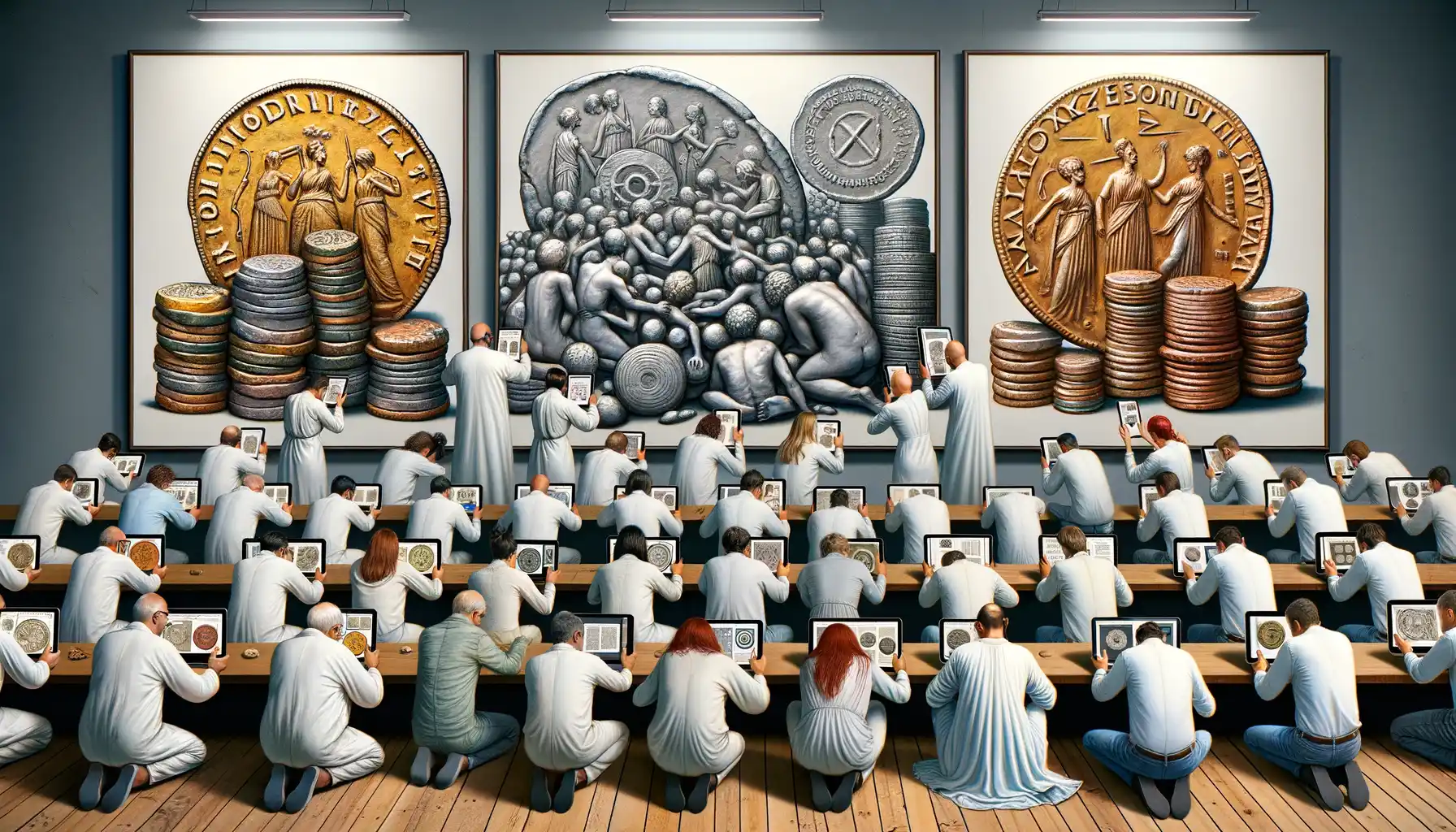
E-books: A Double-Edged Sword for Numismatists
The world of coins is tactile by nature—etched designs, metallic textures, the subtle weight resting in your palm. But with e-books, that tangible connection often feels… invisible. Many numismatists have found themselves yearning for something more “real” as they scroll through pixel-perfect pages.
One major hurdle? The inconsistency of image quality. Imagine researching an elusive denarius from the 3rd century, only to find its photographic representation in a digital catalog lacks the clarity you need. “Is that wear on the coin,” you wonder, “or just a low-res image playing tricks on my eyes?”
Then there’s the challenge of cross-referencing. In a physical book, flipping between sections can be almost instinctive—marked with sticky notes or penciled annotations. With an e-book? You’re trapped in a game of back-and-forth clicks that feels anything but intuitive.
- Not all e-readers support the complex formatting of rare coin catalogs.
- Finding specific terms or items in non-search-friendly PDFs can be maddeningly time-consuming.
The love for numismatic literature lives in the small details—and sometimes, e-books simply forget the human touch.
Comparative Analysis of Print and Digital Numismatic Literature

The Tangible Allure of Print Resources
There’s something magical about holding a numismatic book in your hands. The weight of the pages, the tactile sensation of smooth paper beneath your fingertips, and the faint scent of ink—these experiences go beyond mere information delivery. A hardcover catalog of rare coins doesn’t just sit on your shelf; it becomes part of your collector’s journey, almost as treasured as the specimens themselves.
Print literature also offers permanence. You never have to worry about your favorite coin reference suddenly vanishing from an online store or an app crashing mid-research. Plus, flipping through physical pages provides delightful serendipity: you may stumble upon a forgotten tidbit about Alexander the Great’s tetradrachms while simply skimming chapters.
- Reliability: No batteries, no updates, no distractions—just pure focus.
- Authenticity: Owning a beautifully bound guide feels like having a little museum on your bookshelf.
Digital’s Fast-Paced Efficiency Meets Collector Curiosity
On the flip side, digital resources often feel like they’re turbocharged. Imagine needing quick data on a rare Bar Kochba coin. Instead of pulling out a massive reference book, you type a query. Within seconds, e-books, PDFs, or searchable databases deliver answers right to your screen.
Digital tools are also remarkably interactive. High-resolution zooms on medieval coin details? Instantaneous keyword searches for that elusive mint mark? Pure convenience! And let’s not ignore how effortlessly digital libraries travel with you—thousands of pages tucked into the slim confines of a tablet or laptop. For modern-day treasure hunters, that’s gold.
However, reliance on tech can feel like an Achilles’ heel. A drained battery or poor internet connection reminds us that while e-books are portable, they’re not always accessible. It’s the trade-off of speed over substance.
Future Trends in Numismatic Literature and E-books
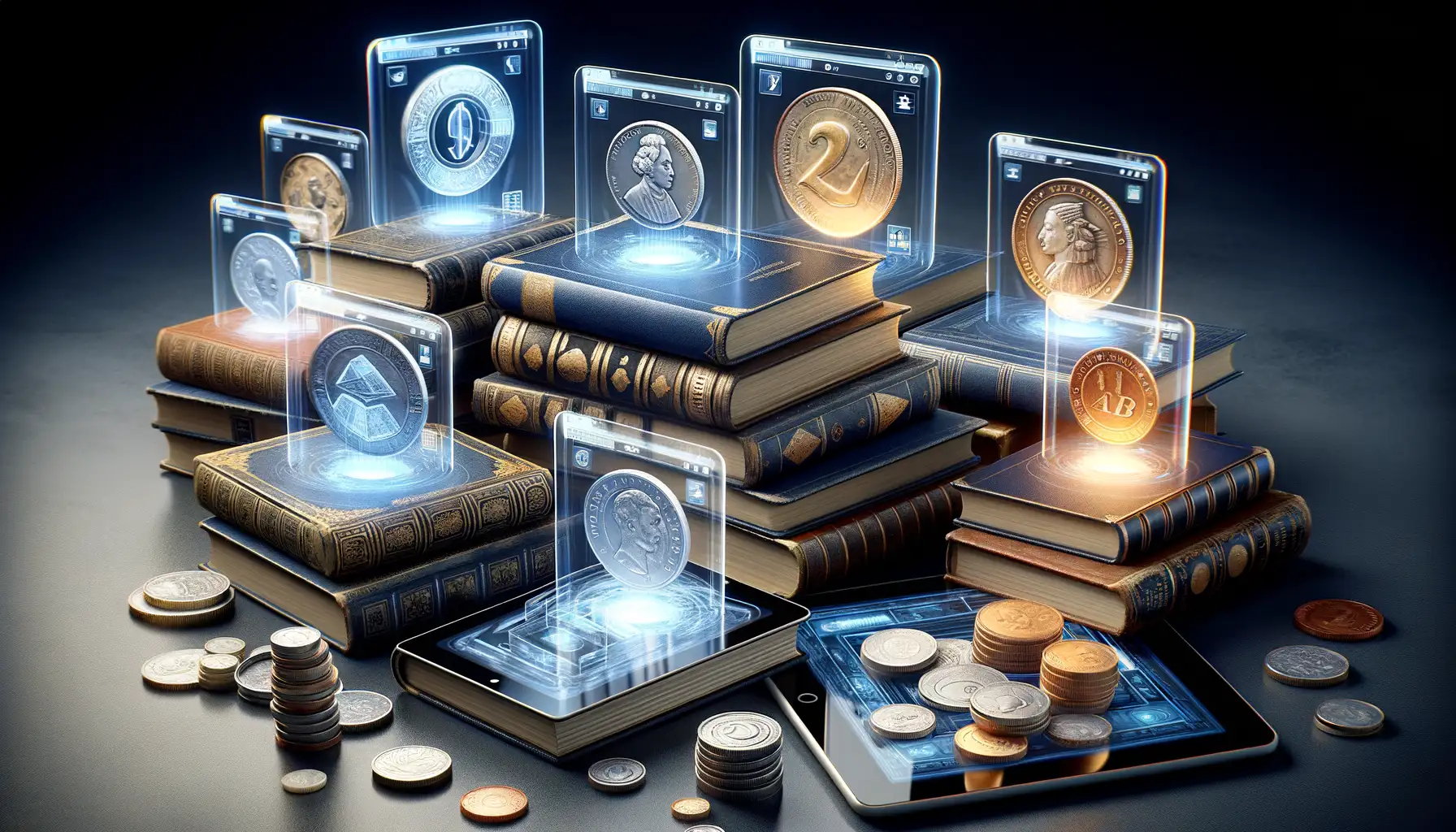
Where E-books Are Taking Numismatic Research Next
The world of numismatic literature is poised to embrace a fascinating blend of the traditional and the futuristic. Imagine this: your favorite dusty coin catalogues reimagined as interactive, multimedia-rich e-books. The future isn’t just about words on a screen—it’s about breathing new life into centuries-old knowledge.
E-books are evolving beyond mere text. Soon, you might see features like 3D coin visualizations, allowing collectors to rotate ancient coins virtually in their hands. What if we could enhance our understanding with integrated historical timelines or embedded audio commentary from top historians? These aren’t far-fetched dreams—they are well within reach.
- Augmented reality (AR): Imagine pointing your tablet at a Roman coin from your collection and seeing its history unfold in front of your eyes.
- AI-powered search: Want to know which ancient currency was used alongside Julius Caesar’s campaigns? Type in a phrase, and artificial intelligence will fetch every related chapter, article, or resource in seconds.
The Rise of Personalized Digital Libraries
Let’s talk about customization—because the future is all about making it personal. Imagine curating your own digital shelf of numismatic treasures. With advanced cloud platforms, researchers could design unique libraries tailored to their specialties, from medieval European trade coins to early American currency. A dream for collectors, right?
Enhanced bookmarking and annotation tools are also gaining traction. Picture yourself jotting down notes on a rare Greek drachma image in your e-book, and next time you open it, the platform suggests related texts or articles you didn’t even know existed! It’s an exhilarating time, blending passion with cutting-edge tech to make numismatic exploration deeper—and more personal—than ever before.


